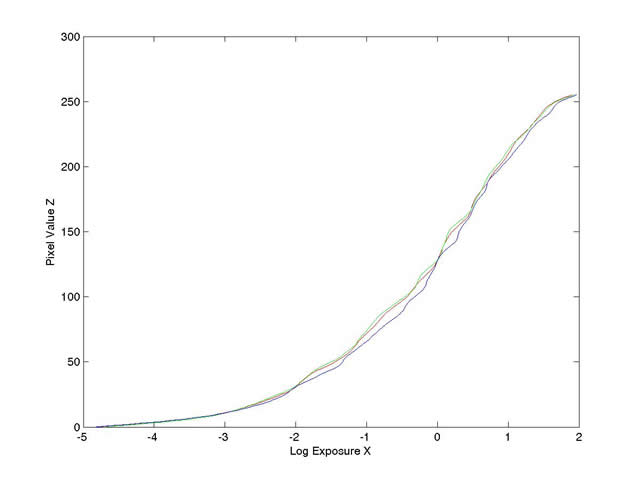
I implemented a process that recovers high dynamic range images using a series of images of the same scene shot at different exposures. The process has two steps. The first is to recover the radiance response curve for my digital camera. The second is to use that curve to recover a high dynamic range radiance map of the scene. You can click on any image for a bigger version. All the pictures were taken on a joing photography expedition between me and Matt Pucevitch.






Original images shot at 1/400s, 1/100s, 1/10s. 6/10s, 4s.
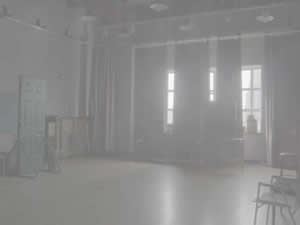
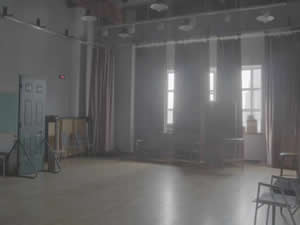
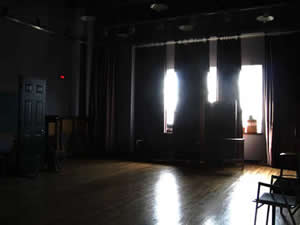
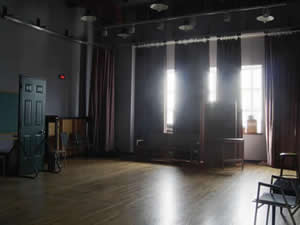
HDR images of the studio, recompressed to normal images via linear scaling, log scaling, global operator, and taking the first .5% of the intensities. Note that on the more washed out linear and log scales, you can see the cathedral of learning out the window.




Original images shot at 1/80s, 1/20s, 4/10s, 2s.
HDR images of the cathedral, recompressed to normal images via linear scaling, log scaling, global operator, and taking the first 1% of the intensities. Note that on the more washed out linear and log scales, you can see the cathedral of learning out the window.
I took these photos over the summer, and had a feeling I should take a bunch at the same angle with different exposures for some reason. Turns out it was useful! This kiln is over 2,000 degrees, but it's also the dead of night with only a few small lamps around. I don't know why the fire from the kiln is messed up, but it may be because it moves around between shots. *shrug*





Original images shot at 15s, 5s, 1/8s, 1/10s, 5/10s, 1s.
HDR images of the kiln, recompressed to normal images via linear scaling, log scaling, global operator, and taking the first 1% of the intensities.
This was actually three separate shots, but I had this panorama stitcher lying around, so I thought I'd give it a go.










Original photos shot at 1/640s, 1/100s, 1/15s, 1/5s, 1/25s, 1/100s, 1/640s, 1/60s, 1/15s, 1/5s.
HDR images of the skylight area, recompressed to normal images via linear scaling, log scaling, global operator (with a 1% scaling applied first to make it look better), and taking the first 10% (50% for the stairs) of the intensities.
And here's the panorama, using the 10% scaled global operator image from each. This really shows how the HDR map is absolute radiance, since we can stitch them together after the transformation.